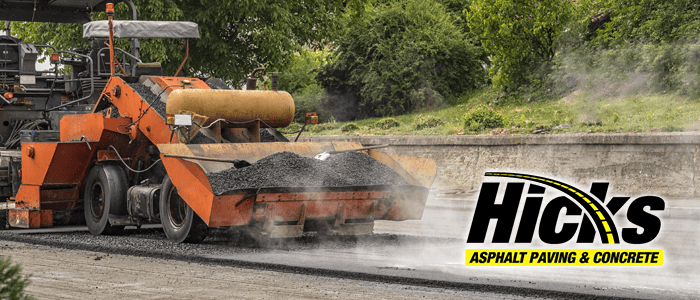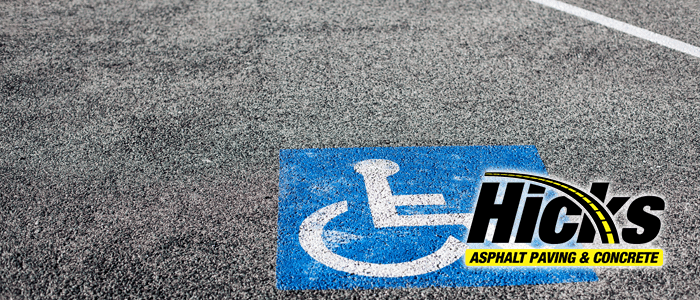Due to its affordable cost to install, low maintenance, and durability, asphalt is a preferred choice for driveways, parking lots, outdoor basketball or tennis courts, etc. Over time, however, asphalt can show signs of damage. Knowing what factors can contribute to the deterioration of asphalt can help mitigate the damage. In this article, we will discuss the common causes of asphalt damage and some steps that you can take to minimize those damages.
What is Asphalt?
Asphalt is a pitch that can either be found naturally or refined. It is a hardened form of petroleum. Asphalt is primarily a material for construction projects.
What is the Average Lifespan of Asphalt?
With no maintenance, all things being equal, the average lifespan of asphalt is approximately 15 to 30 years.
What Causes Asphalt Damage?
Many factors can lead to damaging the asphalt. Although not a comprehensive list, a few common issues that can damage asphalt is as follows:
- Sun Exposure
- Water
- Vegetation
- Heavy Vehicles
- Chemicals
Sun Exposure
Sun exposure is the most common cause of asphalt damaging in the State of Florida. The sun provides ultra-violet (UV) radiation. Just like too much UV radiation can damage and burn skin, so can it damage asphalt. To protect asphalt from intense UV radiation from the sun, place a seal coating on the asphalt to reduce UV radiation exposure. Seal coating works much like sunscreen on the skin, which reflects the UV radiation from the sun. By seal coating asphalt every 3 to 5 years, the damage to asphalt can be minimized and allow for a longer lifespan.
Standing Water
The summer months in Florida are known for their afternoon thunderstorms. During long periods of continued rain, there might be standing water on the asphalt. As it seeps through the asphalt, this standing water can soften it, which leads to cracks or holes. Push standing water off of asphalt as soon as possible. If standing water is a consistent problem, you might need to make slight modifications to ensure better drainage.
Vegetation
Many people will plant trees or shrubbery around asphalt for aesthetic value and minimize the sun’s impact on the asphalt. Since trees and shrubbery have a root system that spreads out to maximize the nutrients it obtains, the roots can find their way under the asphalt, thus causing bumps or cracks in the asphalt. Asphalt should be designed and installed with existing vegetation in mind in order to avoid the root system.
Heavy Vehicles
Heavy vehicles wear and tear down asphalt. To be clear, we are not referring to vehicles families typically use, such as minivans, SUVs, or pickup trucks. The vehicles that we are referring to are those associated with hauling heavy or used for construction. Examples of heavy vehicles might be semi-trucks, buses, farming equipment such as plows or tractors, and construction equipment. Besides minimizing the use of heavy vehicles on asphalt, there is not much that you can do to mitigate the damage caused by heavy vehicles other than regular repair and maintenance.
Chemicals
Chemicals that can leak from vehicles such as gas, oil, or antifreeze, to name a few, can damage asphalt. These chemicals can break down the asphalt causing it to become weaker and eventually crack. If there are chemicals on asphalt, remove them and clean the area as soon and as safely as possible to prevent breakdown.
Contact Hicks Asphalt, Paving, & Concrete
If you need to perform maintenance or repair to your asphalt, contact the professional team at Hicks APC. We will give you a free estimate of the cost and scope of work.





